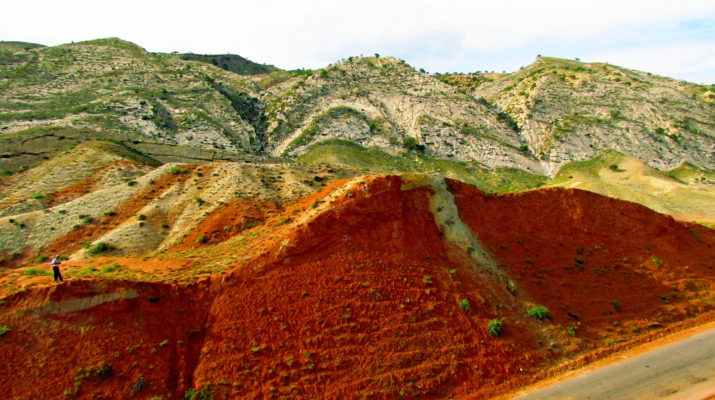You need to enjoy beautiful semi-desert landscapes where ancient life once boiled.
Taking up paleontology, the study of fossil life, is often the first sign of scientific enthusiasm for adolescents and people outside of professional paleontology. Searching for and excavating fossil remains of dinosaurs and ancient marine life is a fascinating activity, often turning into excitement.
The living world on our planet has passed a long and difficult path of development. Plants and animals changed, developed, survived and died out. The climate was changing, glaciers bound the planet with ice, mountain ranges rose in place of the seas, and humid forests turned into deserts. But all this only increased the diversity of life on Earth.
Badlands, a name given by paleontologists. To leave these bizarre landscapes, subject to strong erosion by the wind and the sun, you need to have the will and lack of adventurism to abandon the temptation of paleontological excavations. If we’re lucky, we can find shark teeth, dinosaur bones, turtle remains, fauna and flora prints, petrified wood and other evidence of prehistoric life here. You have the opportunity to reconstruct various types of dinosaurs and fossils found during a paleontological expedition.
The Importance of Paleontological Ethics
Since fossils are so rare and can be indispensable clues about Earth’s past, it is very important to make sure they are collected ethically with the proper regulatory approvals and regulations.
Fossils, especially vertebrate fossils, must be collected responsibly, with appropriate information about their “origin” – information about where, when and how they were collected, as well as all key information about the rock from which they were collected.
This information is extremely important because it is the only way that animal paleontology – their ancient ecosystems – can be reconstructed and used to interpret data on ancient climates and fossils.

